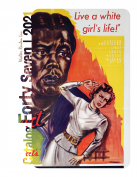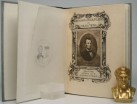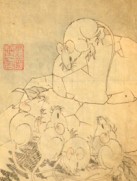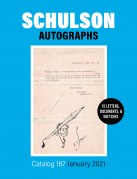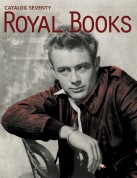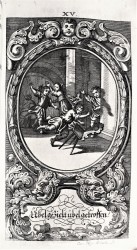Bookseller Catalogs
Catalog 47 | 2021 Our February catalog of exceptional items featuring vintage original photographs, posters, programs, pressbooks, lobby cards and film scripts. The categories encompassed are:
- Featured
- African Americana
- Jazz
- LGBTQ
- Photography
- The Wizard of Oz
Special List 401: Not Located in OCLC, Part V: Items 401-450, Souza - Xavier
By Richard C. Ramer, Old & Rare BooksSpecial List 401: Not Located in OCLC, Part V: Items 401-450, Souza - Xavier Not Located in OCLC, items 401-450, with full-color illustrations
Hokusai and His School A few books by Hokusai and his followers... Not the rare and beautiful illustrated poetry anthologies of his early and middle years, when he was an up and coming artist working with Tsutaya and other deluxe printing houses. Rather these are the books from his later years that were so immensely popular it is very hard to find early acceptable printings of them.
Royal Books Catalog Seventy Our most recent catalog, featuring 100 new arrivals in modern literature, cinema, music, photography, popular culture, and the arts.
Special List 400: Bibliography Week Virtual Book Fair 50 items in this new illustrated list, for the Bibliography Week Virtual Book Fair
E-Catalogue 21 New acquisitions, European books, prints and art, 1568-1836
How to request a print version: Please request a hard copy.

